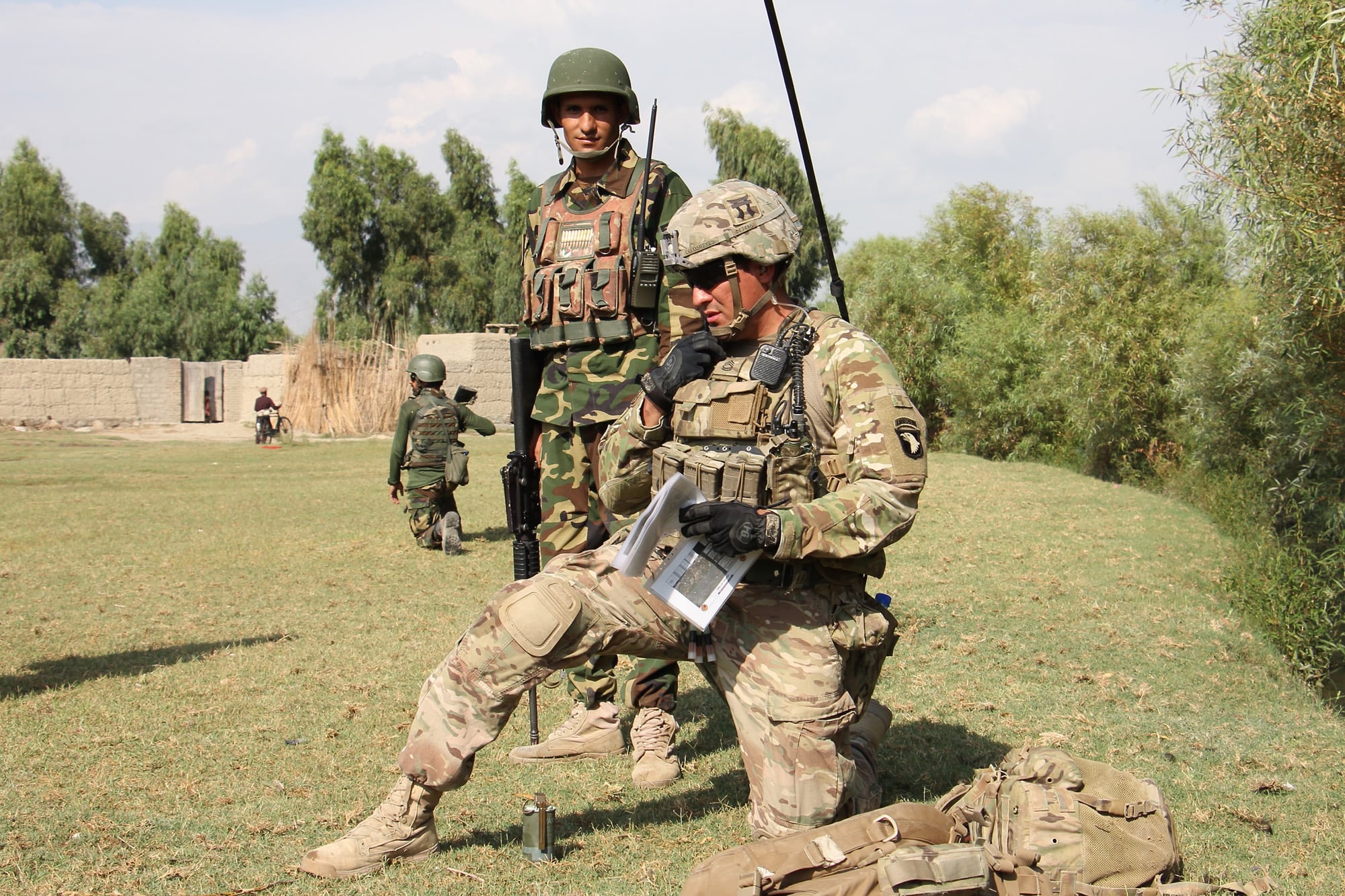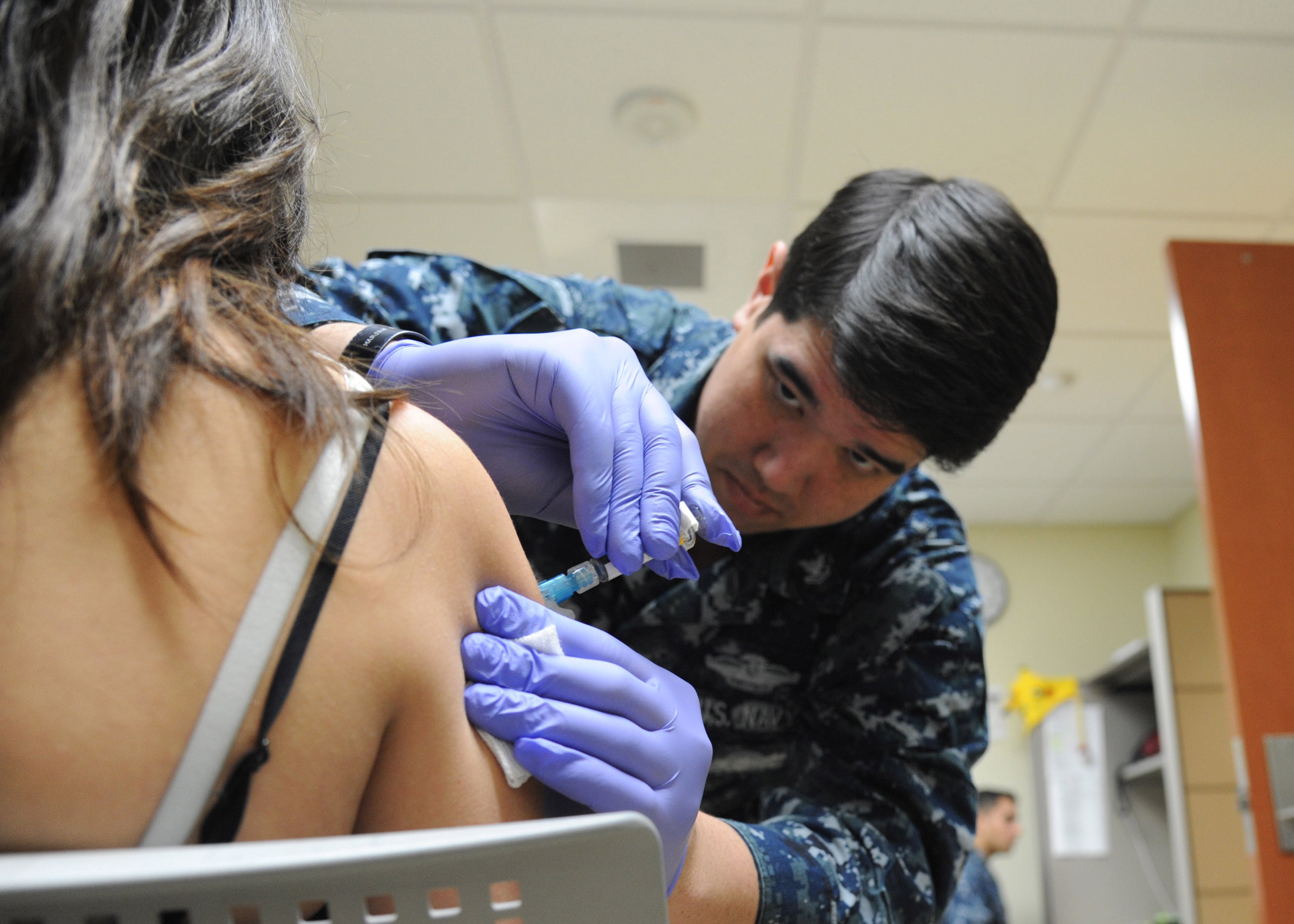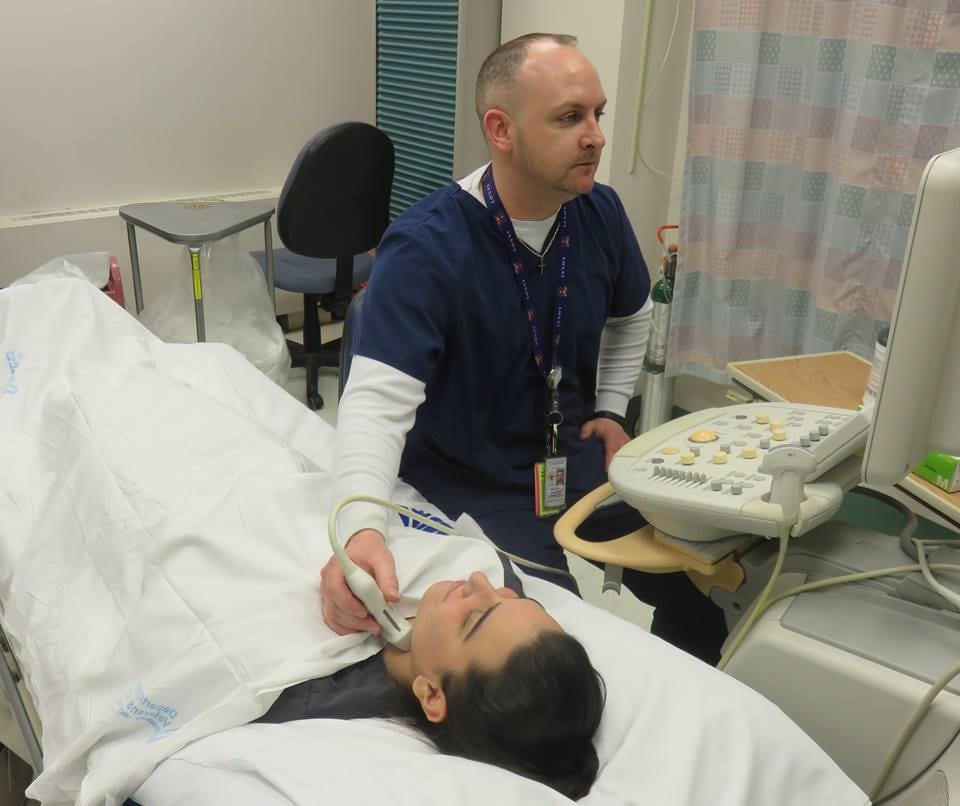The first of six planned security force brigades will activate in October at Fort Benning, Georgia, the Army announced on Thursday.
The Security Force Assistance Brigades are the Army's first permanent units that will conduct security cooperation activities and allow quick response to combatant commander requirements, an Army spokesperson told Army Times in an email.
"Establishing a proponent for the new structure unifies all related force development activities under a single command to best enable the Army to grow and evolve the organization," the spokesperson said.
The Security Force Assistance Brigades will enhance the Army's readiness by reducing demand for existing brigade combat teams, which will allow BCTs to perform full-spectrum operations instead.
In January, Army Chief of Staff Gen. Mark Milley told Defense News, a sister publication of Military Times, that advise-and-assist brigades are one way to regenerate the force as its end strength shrinks but threats continue.
The Army has conducted advise-and-assist operations for years, but in the past, the service would break apart brigades to meet those missions.
"We've taken brigades apart, active-duty, full-up infantry and armor brigades, and ripped them apart, ripped the leadership up, so what is the effect?" Milley said in January. "The effect is several thousand soldiers left at home station with very little — if any — inherent organic chain of command, so then you have discipline, cohesion problems, so and so forth, training problems."
It can also take three years to put the unit back together once leadership returned from serving overseas, he said. With the new advise-and-assist brigades, there would be a cohesive chain of command to take soldiers through basic training, add a team and put it under those existing chains of command.
There are approximately 4,500 Army personnel serving in a train, advise and assist role in Iraq, with the number likely to grow.
The SFAB brigades will be designed on the Infantry and Armored Brigade Combat Team model, with approximately 500 senior officers and noncommissioned officers.
The core of the Security Force Assistance Brigade is an adviser team, but unlike Military Training Teams that were generally a group of identical teams with no command structure, the new brigades are command-centric and have built-in mission command structure, the spokesperson said.
The brigades will contribute to the train, advise and assist partnership the U.S. has with security forces of partner nations and will have teams tailored to each echelon of partner forces from company to division or corps, according to the spokesperson.
To help support the new brigades, the Army will also open the Military Advisor Training Academy at Fort Benning on Oct. 1. The academy, part of the Maneuver Center of Excellence, will train soldiers assigned to these specialized units.
Soldiers will train at the academy on the core competencies of the security force assistance mission. The academy will bring approximately 85 military and civilian positions to Fort Benning.
The Army will announce activation of additional Security Force Assistance Brigades as force structure resourcing decisions are completed.
Charlsy Panzino covers the Guard and Reserve, training, technology, operations and features for Army Times and Air Force Times. Email her at cpanzino@militarytimes.com.
Charlsy is a Reporter and Engagement Manager for Military Times. Email her at cpanzino@militarytimes.com.





